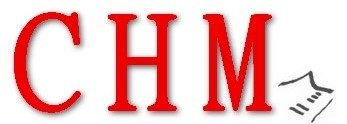Video by SoundID Reference via YouTube
Source

Let’s take a look at Multiband Compressors versus Dynamic EQs
Compressors reduce the difference between the loud and soft elements to create a more even performance or a denser mix.
EQs change the frequency balance by adding or taking away energy in specific and flexible frequency ranges.
MB compressors divide the audio into different frequencies, which is never transparent. In fact, compressors always affect the tone in some way.
Dyn EQs simply transparently adjust the frequency content.
Dyn EQs can cut or boost, while only some MB compressors provide boost.
Here are some examples of when to use each:
– If a mix has too little bass, use a static EQ to turn up the low-frequency content.
– But if the bass has just one note that jumps out, a dynamic EQ can automatically lower the offensive note without affecting the tone of the entire sound.
– If a mix needs a little glue, we use a gentle full-range compressor.
– If the kick and bass don’t lock as well as they could, but the rest of the mix feels pretty good, multiband compression applied to just the low frequencies can solidify the low end without affecting the rest of the mix.
– For a boxy vocal, simply scooping the mids might make it thin all the time, but, a dynamic EQ can be set to reduce to the offending frequencies only when needed.
You may need to experiment a bit, but you’ll find places where dynamic eq and multiband compression each have their advantage.
